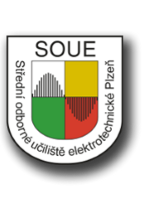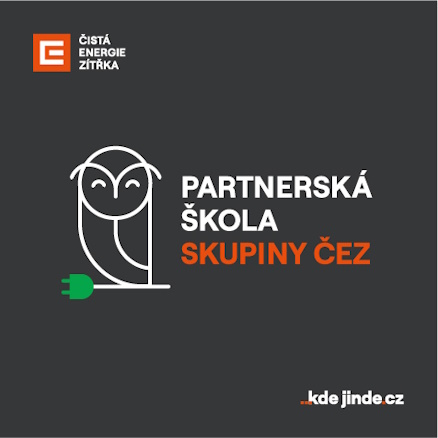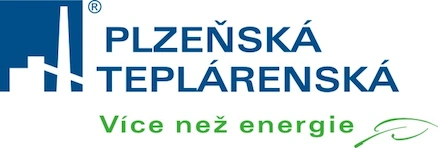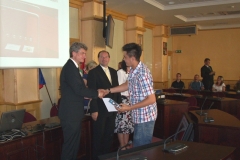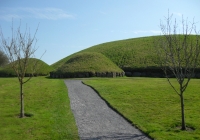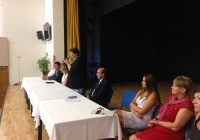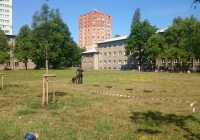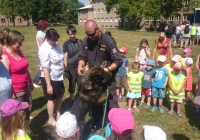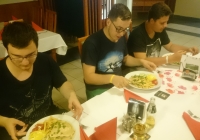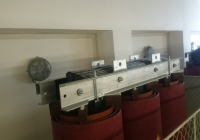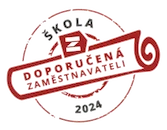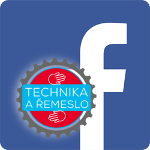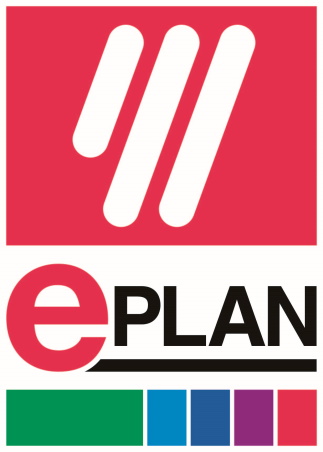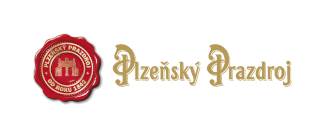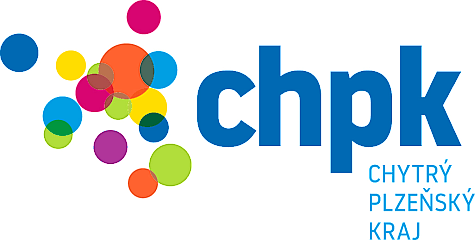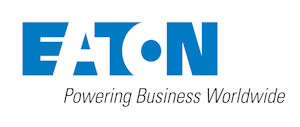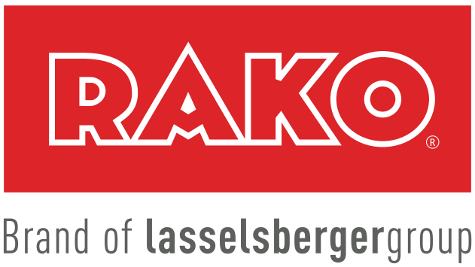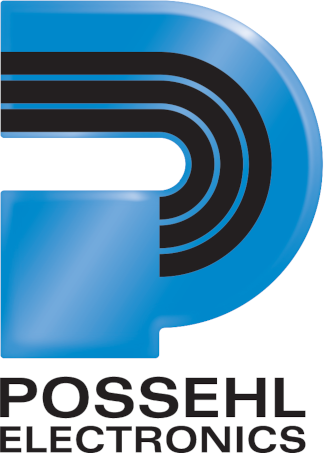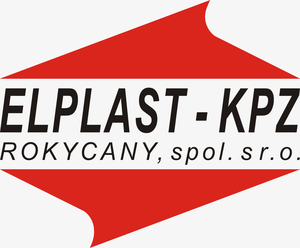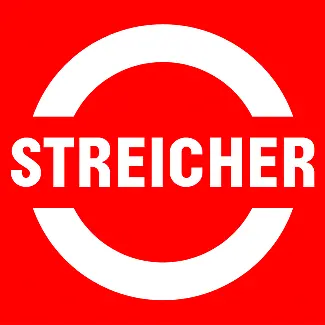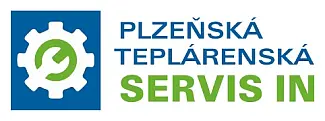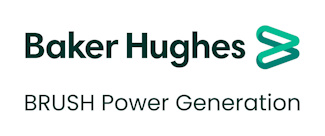Erasmus+ Programme – Strategic Partnership
Project Nr: 2017-1-CZ01-KA219-035417
Event host organization: Střední odborné učiliště elektrotechnické, Plzeň, the Czech Republic
Report of the learning activity C1 in the Czech Republic
1st day October 15, 2017
All groups (Poland, Spain, Italy; Romania apologised and did not come) arrived and were accommodated at the school hostel.
2nd day October 16, 2017
The groups were officially welcomed and greeted by the headmaster of the school
Mr. Jaroslav Černý at SOUE. SOUE (high and vocational school of electrical engineering) is a technical school for students between 15 – 19 years old – about 600 daily students and about 200 distance – adults. Branches of study except electrical engineering are also telecommunication and information technology. Students have theoretical lessons at school and practical lessons at school special labs or companies. The school operates the hostel and canteen.
After that we prepared ice-break activity for students and teachers to get to known each other better and to improve future communication among all participants. The Czech students prepared and presented several power point presentations in English – about Czech system of education, our school and Czech folk open-air museums (skanzens).
After lunch in the school dining hall all groups went to the city Pilsen where the students participated in international team activity (town quiz rally) – using the map of historical centre they familiarised with Pilsen, its sights and history.
Students were divided into six language mixed groups. Their task was to answer 10 questions which included visiting historical buildings and writing important facts about them, making interview with foreign tourists, drawing old houses or sculptures and also taking pictures of themselves on interesting spots. During the town quiz rally students used not only their knowledge of history and geography but also cooperation, teamwork and language skills.
Pilsen – historical city, was founded in 13th century on the confluence of 4 rivers with many sights – gothic cathedral, renaissance city hall, Jewish synagogue. Nowadays it is a modern city with strong industry. Plzeň is also called Pilsen in English and German, is a city in western Bohemia in the Czech Republic about 90 kilometres west of Prague, it is the fourth most populous city in the Czech Republic with 170 000 inhabitants. The city is known worldwide for Pilsner beer, created in 1842. There are many schools – primary, secondary and West Bohemia University.
In the evening we prepared bowling match again in international teams – students and teachers as well participated in it.
3rd day October 17, 2017
The day started with official welcome at Pilsen region council by the deputy of Pilsen region council president Ms Ivana Bartošová. During this meeting we introduced our project and pointed out that the project is financed by the European Union. We also saw the film and presentation in English about the region and the council. The meeting was filmed by the local TV “Plzeňská 1”. There was made a short spot with interviews with Czech, Polish and Italian students. So the public in Pilsen was informed about the project. There was also published an article in local newspaper Plzeňský Deník and in the magazine Plzeňský kraj.
After that we made a guided excursion in English in Pilsner Urquell Brewery. Pilsner Urquell is the world’s first-ever pilsner type blond lager, making it the inspiration for much of the beer produced in the world today, many of which are named pils, pilsner and pilsener. We chose this company for several reasons – first the beer brewing certainly belongs to the Czech important traditions. But the second reason is that the brewery keeps also tradition – coopering – making wooden barrels by the original technique. One of the barrel makers is Mr Josef Hrůza (the bearer of traditions – mentioned later in the report). The whole process of making beer is quite fascinating. One needs barley, hop and fresh water. All the ingredients are available in the environment of the Pilsen city and the knowledge how to do this, is passed on from one generation to the next.
In the afternoon all groups visited by coach the permanent exhibition in the Centre for Building Heritage in Plasy which takes its visitors through the entire brewery grounds and acquaints them with historical construction components, materials and structures in a comprehensible and attractive manner. The exhibition presents visitors with various construction materials (timber, stone, clay etc.). The brewery’s individual floors house displays of construction structures from foundations and the building frame through different treatments of wall surfaces, types of windows and doors, relevant technical facilities of buildings to types of roof timbers and coverings.
The day ended with dinner in the school dining hall and free time for all participants.
4th day October 18, 2017
The groups moved by coach to the near village in the south-west of Bohemia Chanovice (about 60 km from Pilsen). The village of Chanovice is the centre of cultural heritage of this region. There you can find a nice church, a castle where nowadays a primary school is located, a small museum of crafts, an exhibition hall and a gym. But also there is a big reconstructed granary which serves as a depository for the Museum of. Dr. Hostaše in Klatovy. There you can find thousands objects from village and agricultural life of this region. But our main aim was to visit the open-air exposition “skanzen”.
The open-air exposition in Chanovice is aimed to present the period style of housing, the agricultural activity, home craft production and trades in a village of the second half of the 18th to the first half of the 20th century. It was declared a village zone on 1 January 2005 thanks to many young people of the Pilsen region who did and still do voluntary work during the weekdays weekends and school holidays. The skansen is a part of the Museum in Klatovy, the region town in the south-west Bohemia. It is spread in about 1.5 ha of land in the village Chanovice and now you can see 15 structures there. The Exposition of Popular Architecture is a rescue project for endangered objects in the territory of south-west Bohemia. The museum is applying for grants and contributions; some financial support has been gained also as so-called sponsor donations.
We could take a look at skanzen with the principal of museum in Klatovy Mr Luboš Smolík who mainly explained all participants how endangered objects are rescued, moved to Chanovice, renovated and newly built. We had lunch in the skanzen, which was prepared by Ms Iva Sieberová. We tasted national Czech food which was prepared according the old traditional recipes of our mums and grandmas: vegetable soup, goulash with potatoes’ dumplings, potatoes’ pancakes – “bramborové placky” in Czech in salt or sweet form and Czech cakes – “koláče”. Participants could watch how “placky” are prepared and could try the preparation.
We also visited the exhibiton – “GALLERY of Bearers of the folk craft traditions”.
The permanent exhibition from the production of excellent Czech folk craftsmen is in the castle ground in Chanovice. The project Gallery Bearer of the folk craft traditions has its aim to present in public the best domestic manufacturers in the field of folk arts and crafts to the Czech and foreign visitors: there are introduced the award-winning title craftsmen, the presentation of their skills and production, which follow the original and traditional technology, but also about a form of social evaluation. The title Bearer of the folk craft traditions can be granted annually up to five producers, who will be recommended by a commission of experts appointed by the Minister of Culture. The selection shall take into account the exceptional skills of the candidates, the risk of extinction of certain technologies, the aesthetic value of the work and also the skills of nominated craftsmen for teaching their followers. Proposals for candidates can be submitted by scientific and technical institutions, museums, civic associations, individuals active in the certain field and state and local governments, etc. Proposals are sent to the National Institute of Folk Culture in Strážnice by the end of the previous calendar year. Opening the exhibition to the public and its completing contributes to fulfilling the government resolution “The concept of effective care for the traditional folk culture”, but also to promote the international UNESCO project “Living Human Treasures”.
In the second part of the day there were prepared four workshops: wooden toys, pottery, carpenter, corn husk decorations. Mr Drhovský (one of the bearers) showed how wooden toys were made. All participants tried this and could take home a made toy – a small horse. They painted it as they liked. Mr Volf (also one of the bearers) took a small potter´s wheel and participants could make a small bowl. Mr Kodýdek (caretaker of the Chanovice skanzen) showed different carpenters ‘tools and techniques. Volunteers tried some of the techniques like cutting, carving and peeling bark. Ms Sieberová showed the handmade making of corn husk decorations and again all participants made a bird from corn husk. Teachers divided students into international teams and they step-by step participated in all workshops. Czech teachers and Czech students helped with translating.
At the end of the day we went to the local lookout tower to see the beautiful countryside of this region and Šumava mountains. The Czech students and teachers stayed overnight at Chanovice skanzen, foreign groups were accommodated in the near town Horažďovice.
5th day October 19, 2017
The first part of the day we spent again in Chanovice where the village mayor showed us the castle and primary school located in. He also explained us the history of the castle and the process of its reconstruction. There is also an exhibition of folk village crafts from the 19 and the first half of 20th century – tools, products, and small machines.
Then we moved by coach to the Open Air Folk Museum in Prerov nad Labem. The Polabian Ethnographic Museum in Přerov nad Labem is located in the middle of the village near the capital city Prague in the central part of the CR. It illustrates the life in the Polabian village from the middle of the 18th century until the first half of the 20th century. The exhibition object, adapted to the “old Bohemian cottage”, was first made available to the public in 1900. It is precisely this date that the Prerov Ethnographic Museum is the first of its kind in Central Europe. After the pause caused by the wars, the newly opened museum was initially conceived as a rescue open-air museum of folk architecture and folk art. At present, the open-air museum in Přerov nad Labem consists of three complexes, representing the historical development of the museum in nature and the character of older and younger middle-class people. Visitors can get acquainted with old Bohemian timbered cottages and small buildings (monuments, wells, milestones, bell tower, etc.) and the manor houses standing at the local chateau (the old school and the hunting lodge) of the Central Bohemia region. There we saw the workshop hand wool processing from sheep to the products which was prepared by the workroom which employs mental handicapped people.
Next two nights we stayed in the hotel in Prague. In the evening we had teachers meeting, we were talking about the project management and preparing next activities in Spain and Poland.
6th day October 20, 2017
The last day of this activity we spent in Prague. Prague is the capital and largest city of the Czech Republic. It is the 14th largest city in the European Union. It is also the historical capital of Bohemia. Situated in the north-west of the country on the Vltava River, the city is home to about 1.4 million people. Founded during the Romanesque and flourishing by the Gothic, Renaissance and Baroque eras, Prague was the capital of the kingdom of Bohemia and the main residence of several Holy Roman Emperors, most notably of Charles IV (r. 1346–1378). It was an important city to the Habsburg Monarchy and its Austro-Hungarian Empire. The city played major roles in the Bohemian and Protestant Reformation, the Thirty Years’ War, and in 20th-century history as the capital of Czechoslovakia, during both World Wars and the post-war Communist era. Prague is home to a number of famous cultural attractions, many of which survived the violence and destruction of 20th-century Europe. Main attractions include the Prague Castle, the Charles Bridge, Old Town Square with the Prague astronomical clock, the Jewish Quarter etc. Since 1992, the extensive historic centre of Prague has been included in the UNESCO list of World Heritage Sites. Prague ranked sixth in the Tripadvisor world list of best destinations in 2016. Its rich history makes it a popular tourist destination, and the city receives more than 6.4 million international visitors annually. During the sightseeing we were guided by the professional guide who showed us the historical part of the city and Prague castle, talked about the history of the city and the CR and showed us all important sights.
At the end of the day we evaluated the whole learning activity. We prepared the evaluation questionnaire and all participants filled it. Then we used the results for evaluation of this learning activity.
7th day October 21,
We said goodbye to each other and all groups returned to their home countries.
Enclosures:
Program of the activity
Participating lists
Power point presentations – Czech system of education, the school SOUE, “skanzens” in the CR, Pilsen region
Evaluation of the activity
Report from the teachers meeting
